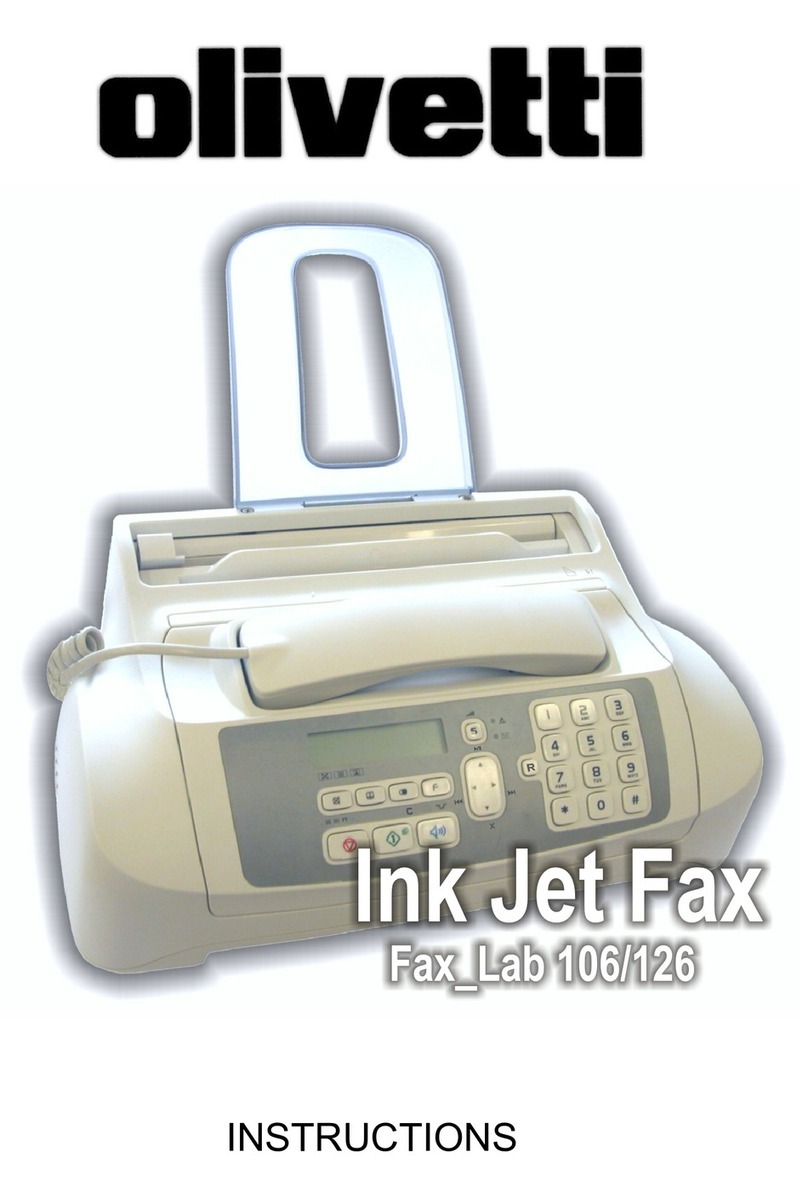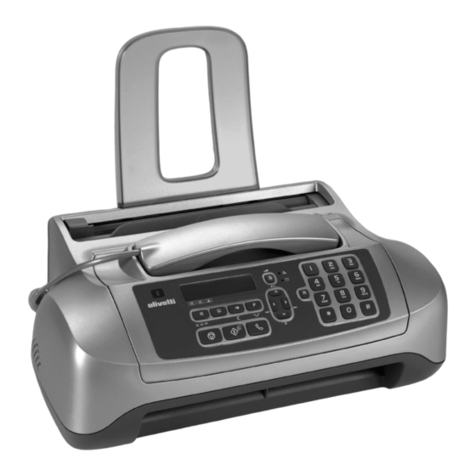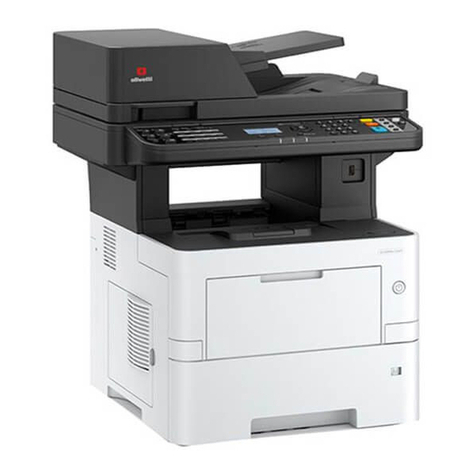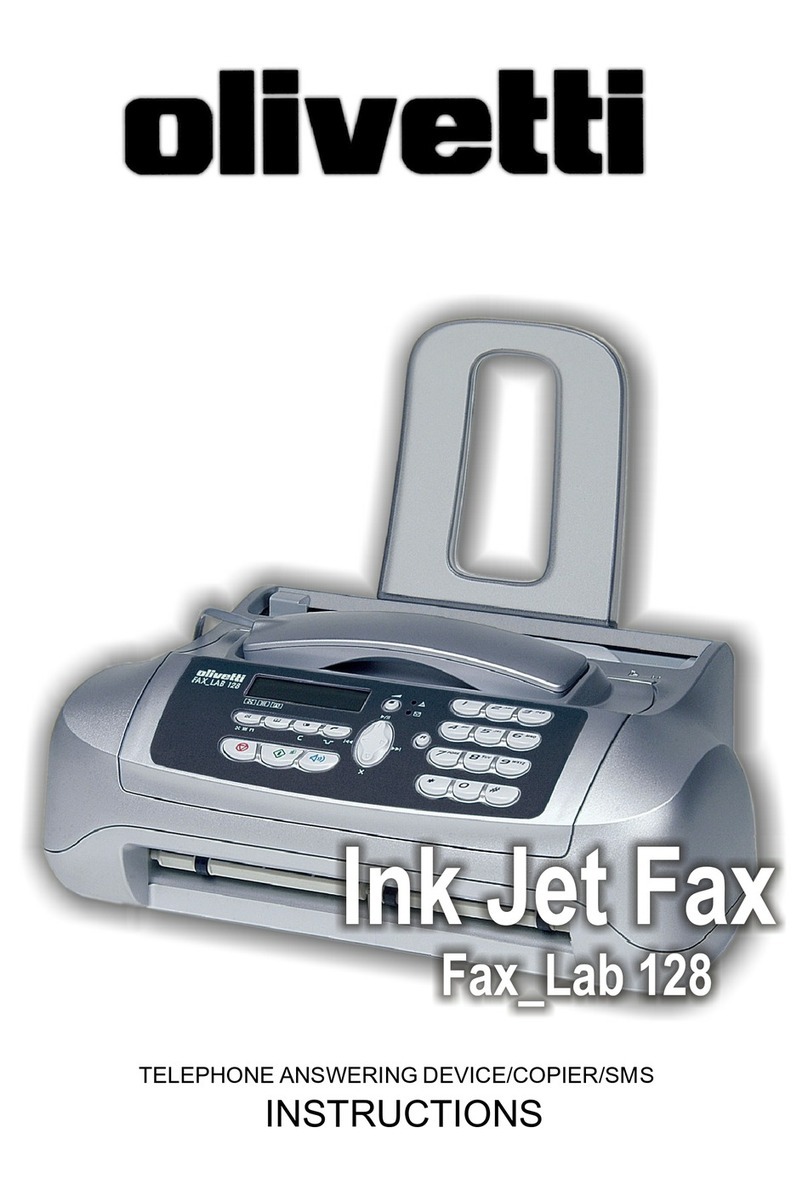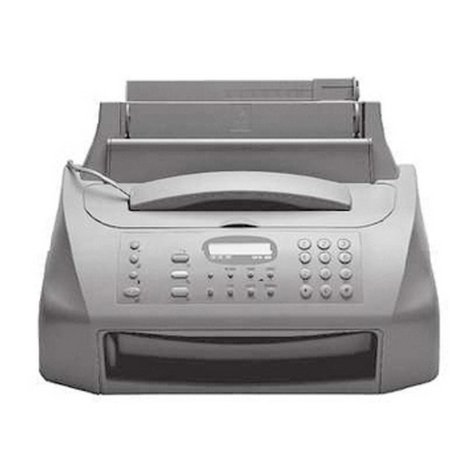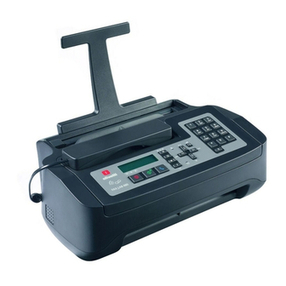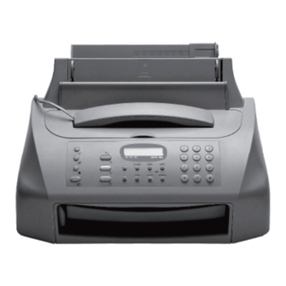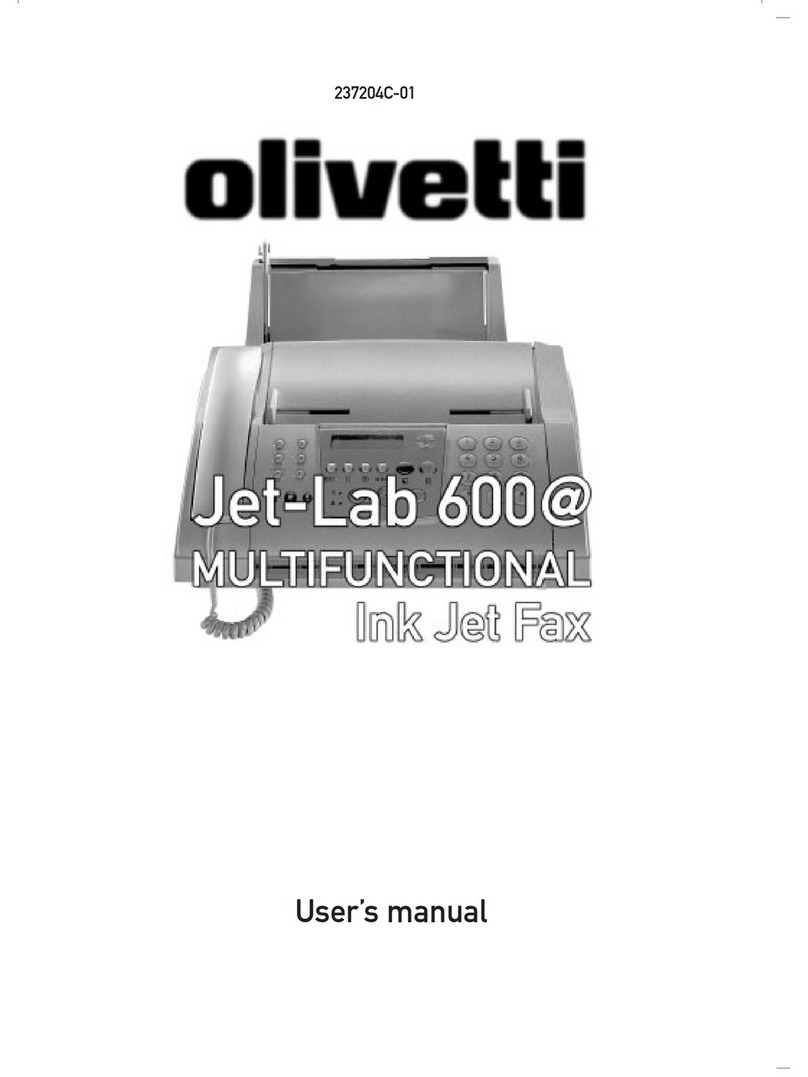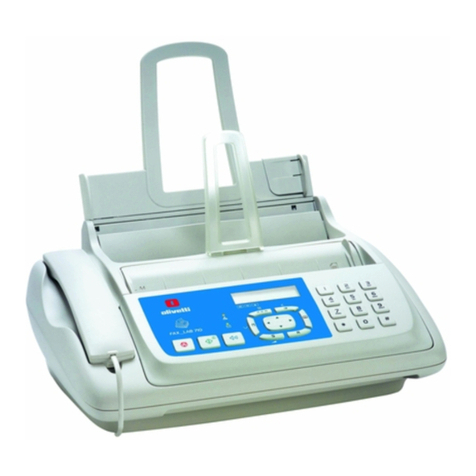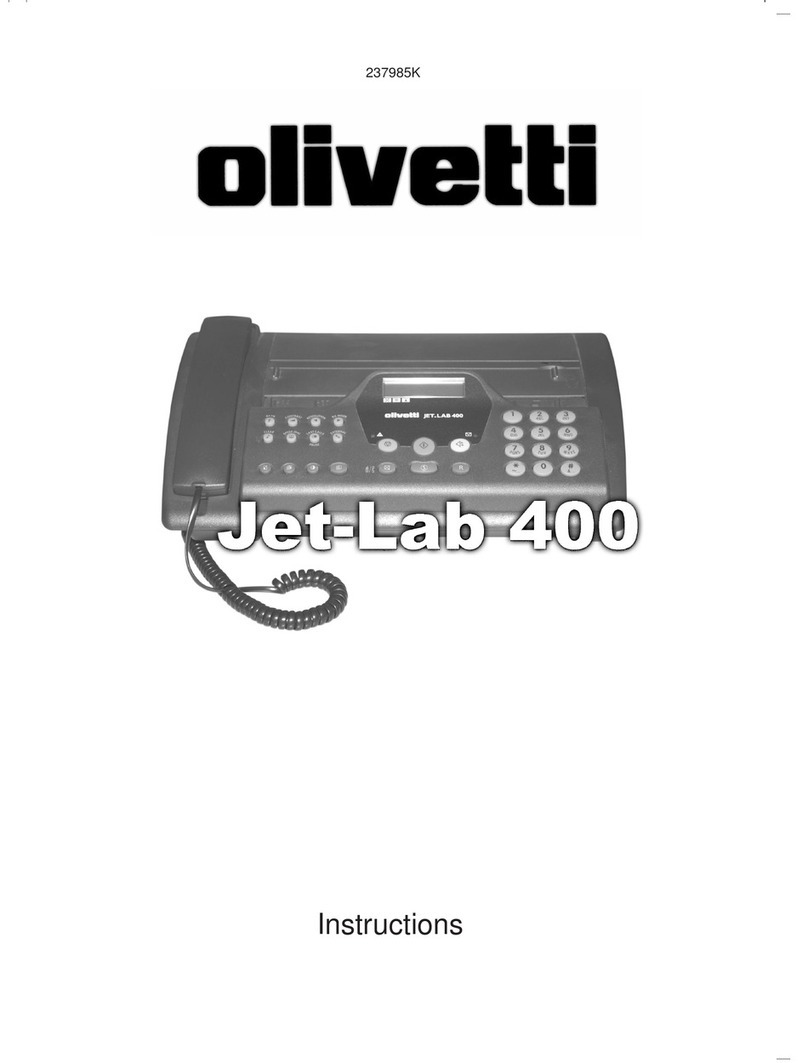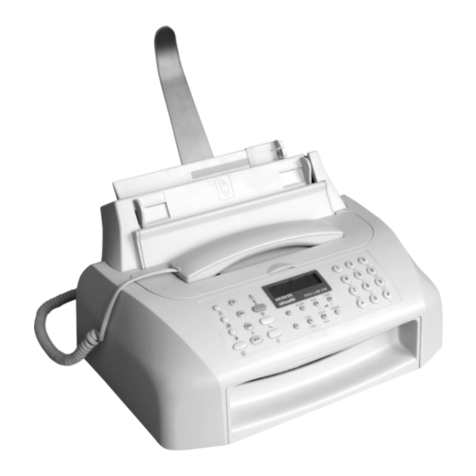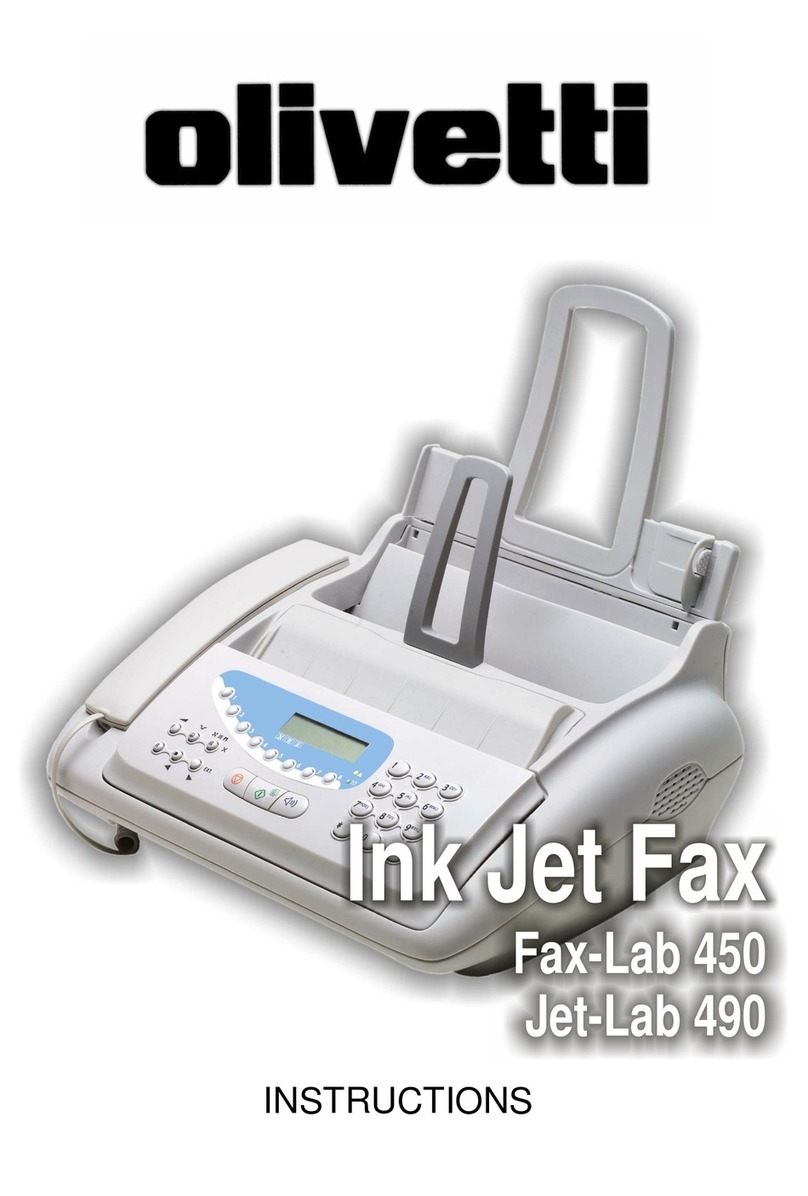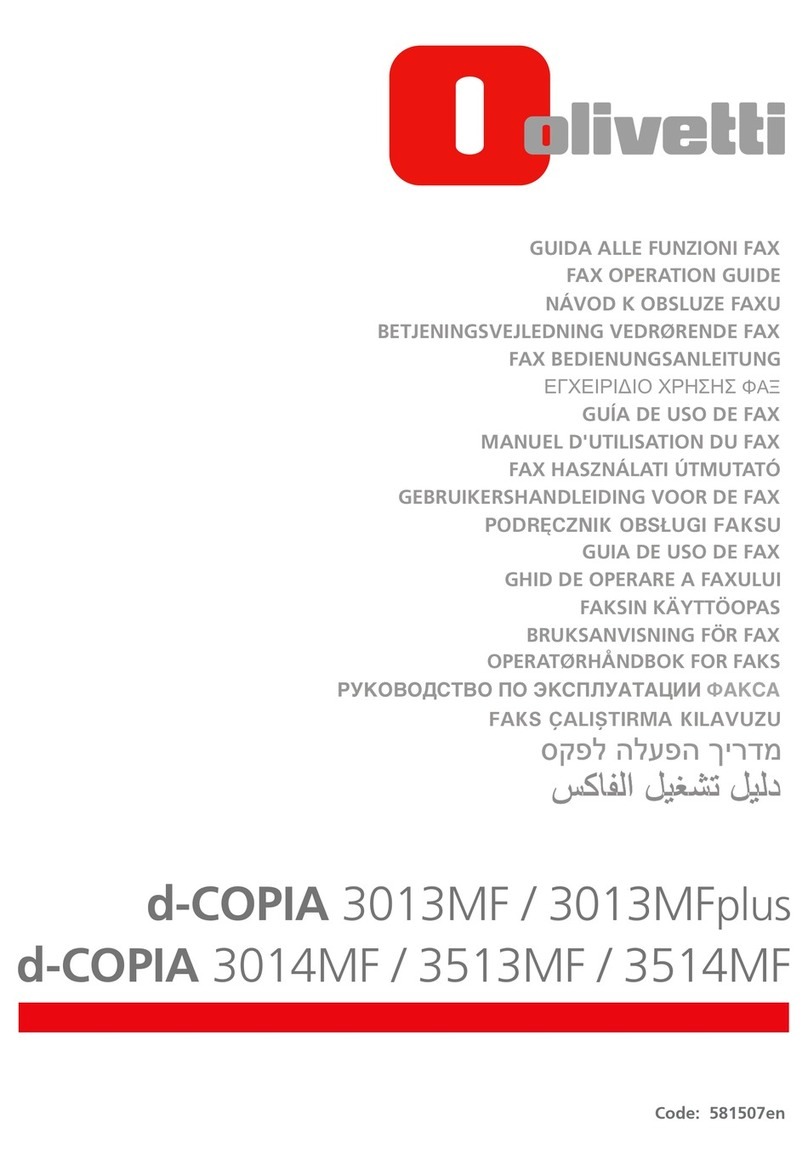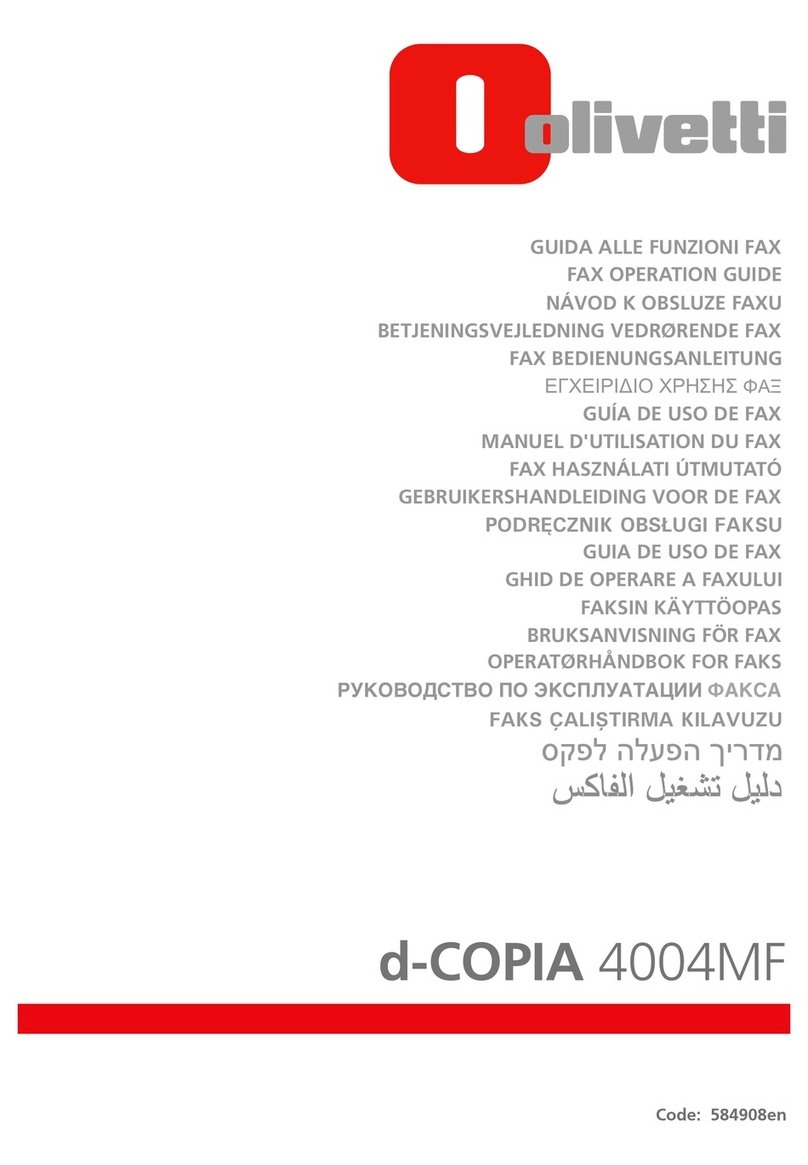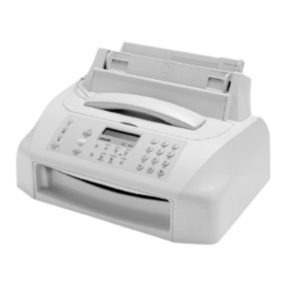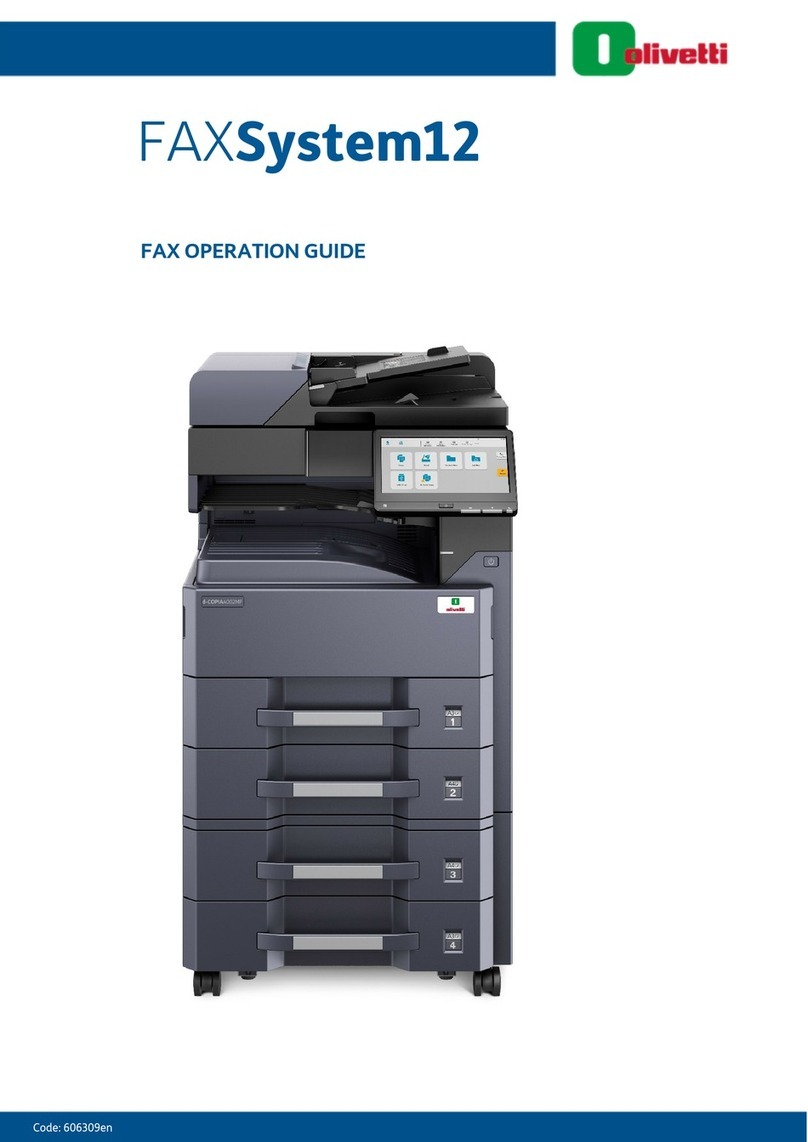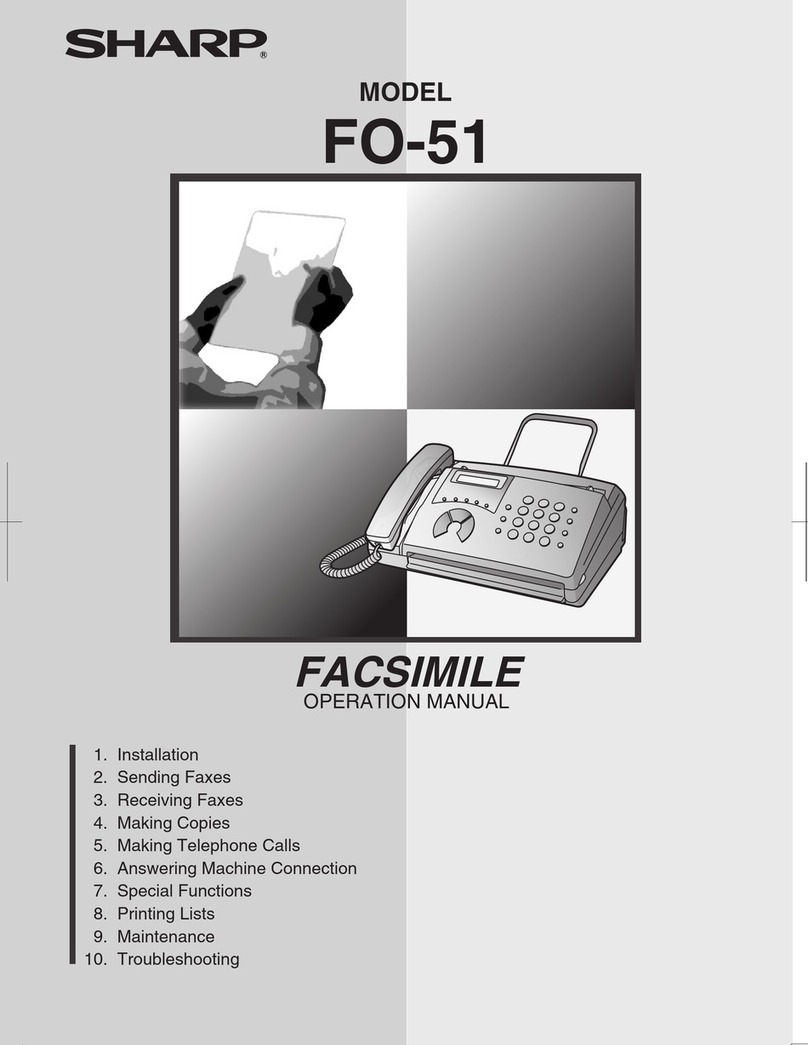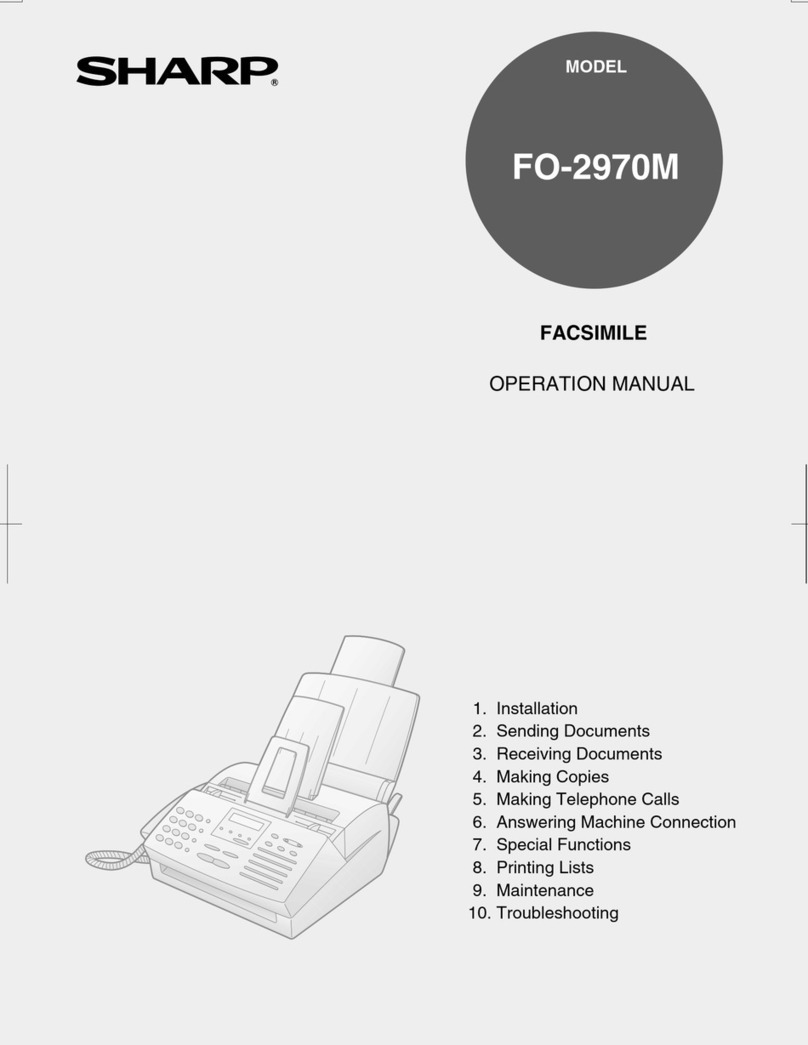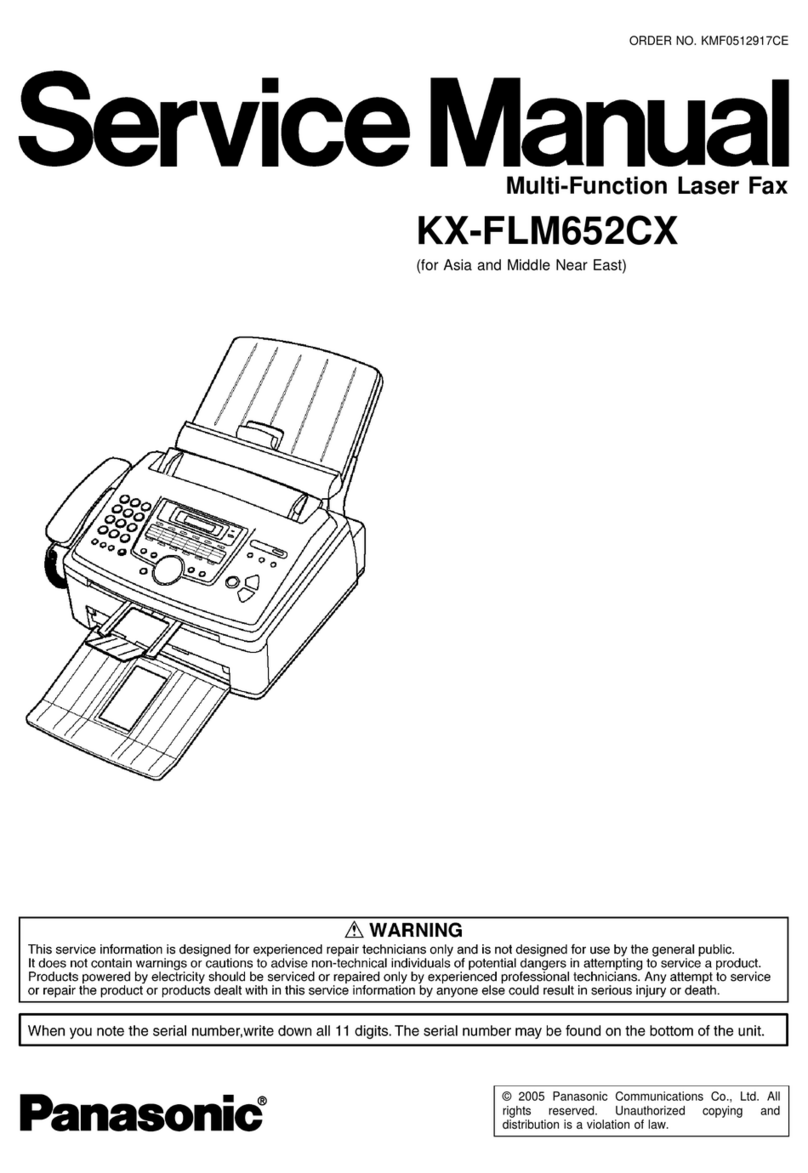1
BEFORE USEBEFORE USE
This manual is an essential guide for those wishing to learn how to use this facsimile machine.
The introductory chapter “GETTING TO KNOW THE FAX” provides a number of simple, easy-to-understand,
practical examples designed to help you become familiar with the product, the best way of making sure you
get the most out of the facsimile machine.
The “CONSUMABLES” chapter provides information on the technical characteristics of the paper and print
cartridge.
The “PROGRAMMING” chapter describes how to set the machine to suit your requirements and explains how
to store your most frequently used facsimile and telephone numbers for fast, automatic dialling.
The “BEFORE TRANSMISSION/COPYING” chapter is an introduction to the various modes of transmission/
copying.
The “TRANSMISSION”, “RECEPTION”, “MEMORY” and “COMPLEMENTARY FUNCTIONS: TELEPHONE/
PHOTOCOPIER” chapters illustrate how to implement the most advanced features of the facsimile machine,
including the various transmission and reception methods, use of the memory, copying, voice calls, etc.
The“REPORTS” chapter providesyou withinformation onthe transmissionand receptiontransactions carried
out.
The chapter “FILLING UP/ELIMINATING PAPER JAMS” provides instructions on how to add paper and insert
the print cartridge. It shows in what areas paper jams are most likely to occur and how to deal with them.
The “MAINTENANCE” chapter informs you of the periodic maintenance operations required and how you can
eliminate faults by yourself without wasting any time.
The “MESSAGES AND CODES” chapter informs you of operating errors and provides additional information
on the current operating modes.
The “CHARACTER SET TABLE” shows all the alphanumeric characters that you can display and select.
The “OPTIONS” chapter describes the additional features that may be used with the facsimile machine.
Finally, the chapter “GENERAL FEATURES OF FACSIMILE MACHINE” is a brief list of the technical data of
the facsimile machine.
All the chapters, except the first two and the last five, are laid out in separate sections, each of which deals
with one feature. The features are discussed in the order that enables you to learn more quickly. As they
are all independent, they can however be consulted in any order.
Each of these sections consists of:
- An introduction with a short definition of the feature.
- A section marked with the osymbol describing the operations that must have been performed and the
situation in which you must be in order to follow the procedure described (if this part is not included, the
feature requires no specific conditions).
- The last part describes the operating procedure.
Whentheinformation shown onthedisplay isessentialto conclude theprocedurecorrectly, theinstructions
givenaresplitintotwocolumns:theleft-handcolumnindicatesthe operations tobeperformedandtheright-
hand column shows the messages displayed.

